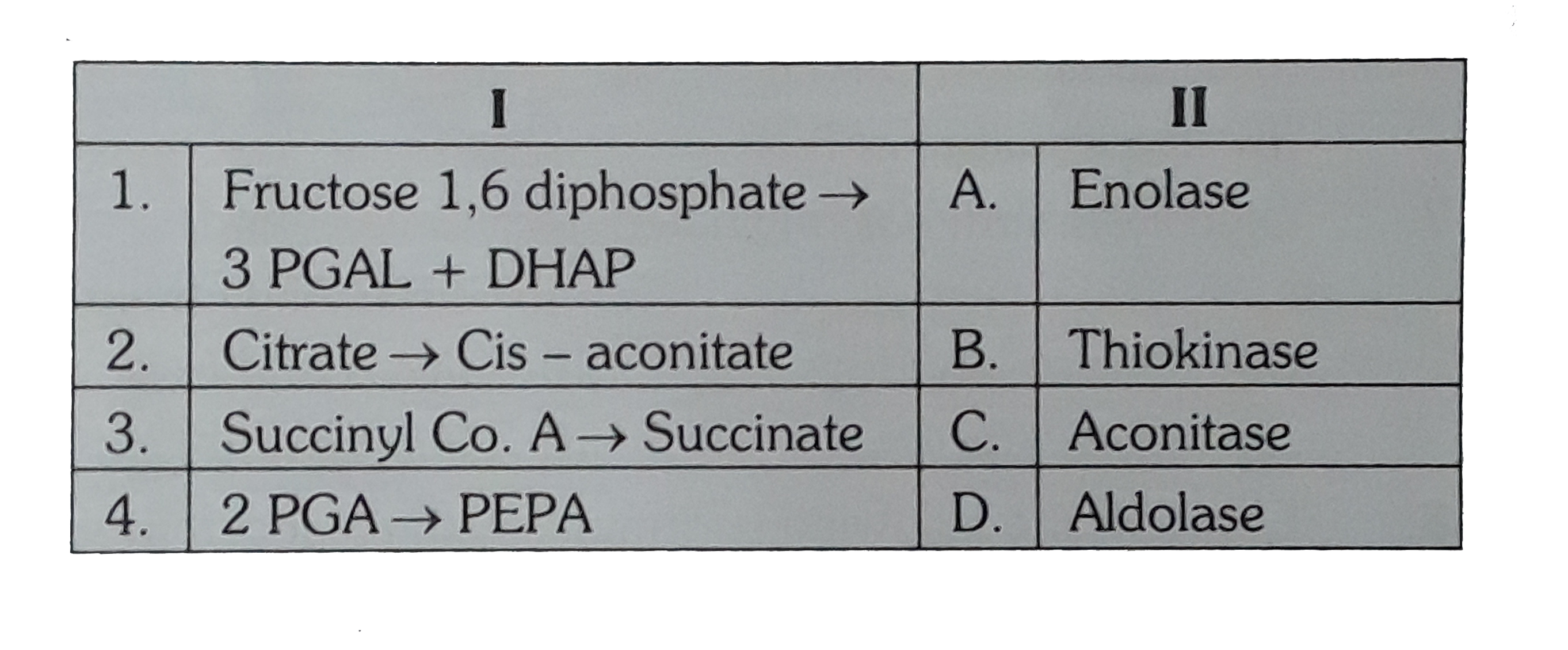Mechanism of blood clotting is given below :
An injury or a trauma stimulates the platelets in the blood to release certain factors which activate the mechanism of coagulation . An enzyme complex,
…………P……… is formed by a series of linked enzyme reactions
(...........Q.........Process) involving a number of factors present in the plasma in an inactive state. This enzyme complex is required for formation of ...............R............
..........S........... ions play a very important role in clotting .
Identify the correct option that represents P, Q, R , and S .
PQRSthrombokinaseinhibitoryprothrombinmagnesium
PQRSprothrombincascadethrombinmagnesium
PQRSthrombincascadethrombokinasecalcium
PQRSthrombincascadethrombincalcium
The correct Answer is:D
To solve the question regarding the mechanism of blood clotting, we need to identify the correct terms for the blanks P, Q, R, and S based on the information provided in the question and the video transcript.
1. Identifying P:
- The enzyme complex formed during blood clotting is known as thrombin. This is the enzyme that converts fibrinogen into fibrin, which is essential for clot formation.
- So, P = thrombin.
2. Identifying Q:
- The process that describes the series of linked enzyme reactions leading to blood clotting is known as the cascade process. This refers to the sequential activation of clotting factors.
- So, Q = cascade.
3. Identifying R:
- The enzyme complex that is required for the formation of the clot is thrombokinase (also known as prothrombin activator). This complex is essential for converting prothrombin into thrombin.
- So, R = thrombokinase.
4. Identifying S:
- Calcium ions (Ca²⁺) play a crucial role in the blood clotting process, as they are necessary for several steps in the cascade of reactions.
- So, S = calcium.
Final Answers:
- P = thrombin
- Q = cascade
- R = thrombokinase
- S = calcium
- The enzyme complex formed during blood clotting is known as thrombin. This is the enzyme that converts fibrinogen into fibrin, which is essential for clot formation.
- So, P = thrombin.
- The process that describes the series of linked enzyme reactions leading to blood clotting is known as the cascade process. This refers to the sequential activation of clotting factors.
- So, Q = cascade.
- The enzyme complex that is required for the formation of the clot is thrombokinase (also known as prothrombin activator). This complex is essential for converting prothrombin into thrombin.
- So, R = thrombokinase.
- Calcium ions (Ca²⁺) play a crucial role in the blood clotting process, as they are necessary for several steps in the cascade of reactions.
- So, S = calcium.
- P = thrombin
- Q = cascade
- R = thrombokinase
- S = calcium
Similar Questions
Knowledge Check
- Question 1 - Select One
In the clotting mechanism pathway, thromin activates the factors
AXI,VIII,VBXI,IX,XCVIII,X,VDIX,VIII,X
Active site of an enzyme is formed of
View SolutionBlood platelets are present in the blood of
View SolutionInstead of platelets , the non - mammals possess clotting factor in
View SolutionClotting of blood involves
View SolutionHydrolytic enzymes present in the lysosome are optimally active at
View SolutionEnzyme complex involved in alcholic frementation is
View SolutionGiven below are some reactions and the enzymes involved. Identify the correct pairs.
 View Solution
View Solution

